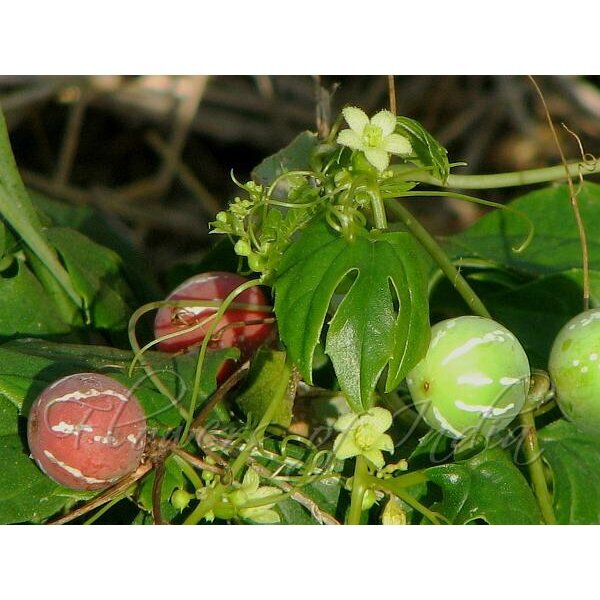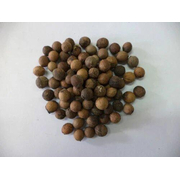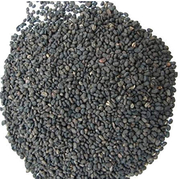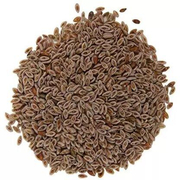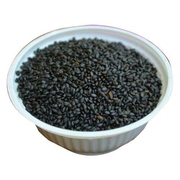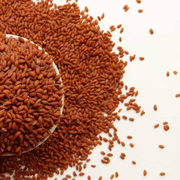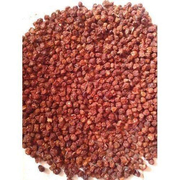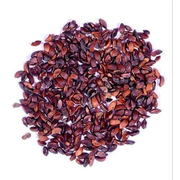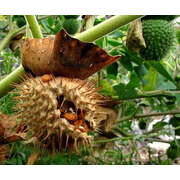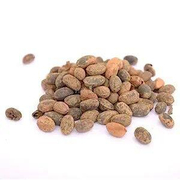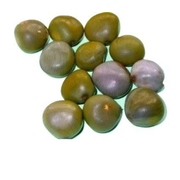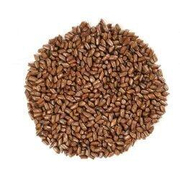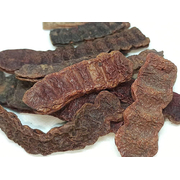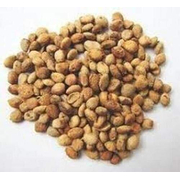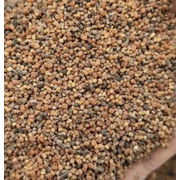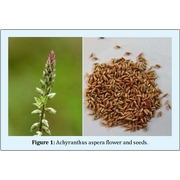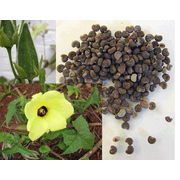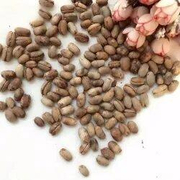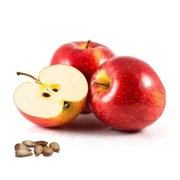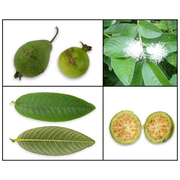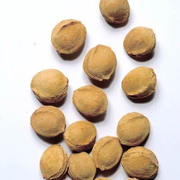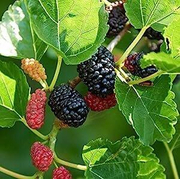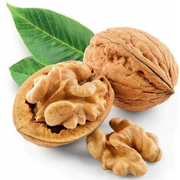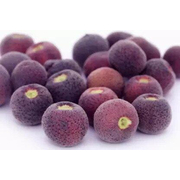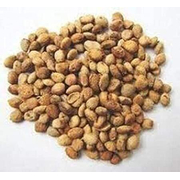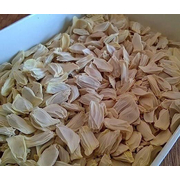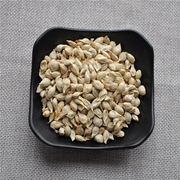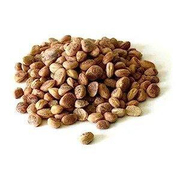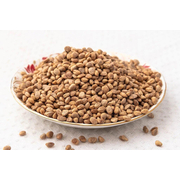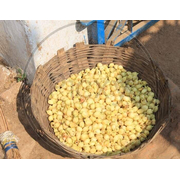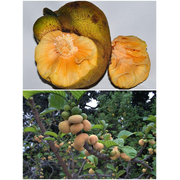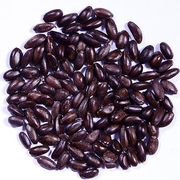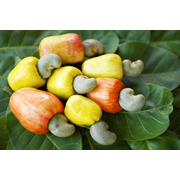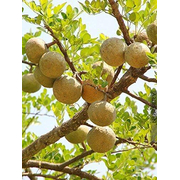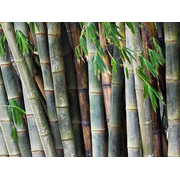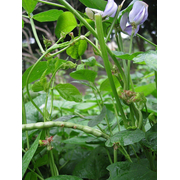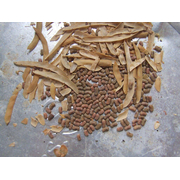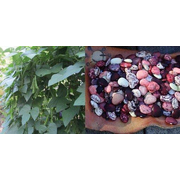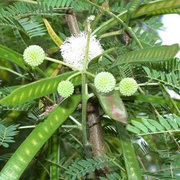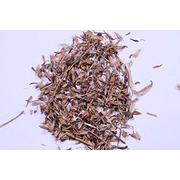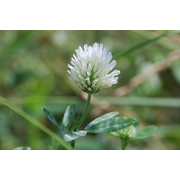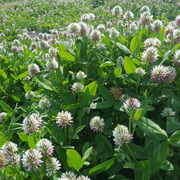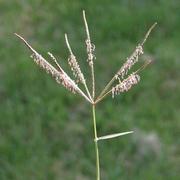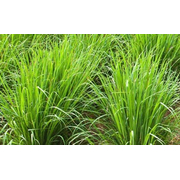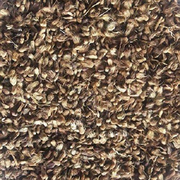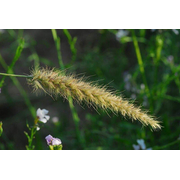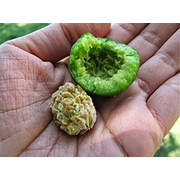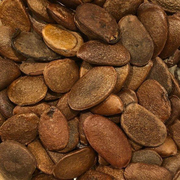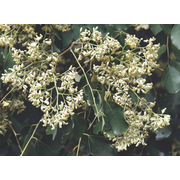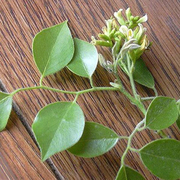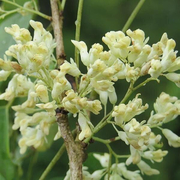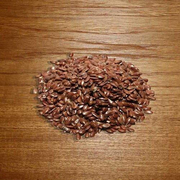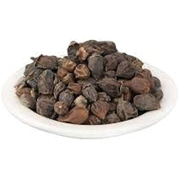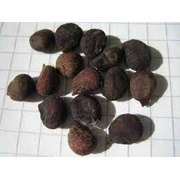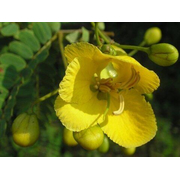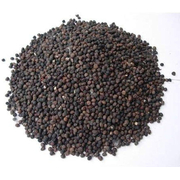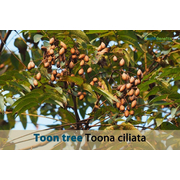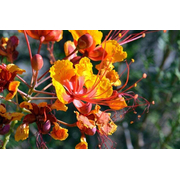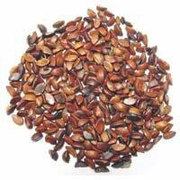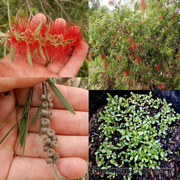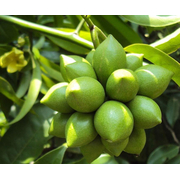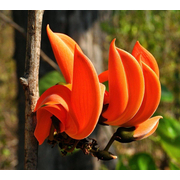Bryonopsis Laciniosa (Shivlingi) - Bryonopsis laciniosa -/Bryonia Laciniosa/Putrajeevak Beej/Putrajivak Seeds - 100 Gm
Highlight
- Organic Plant Seed
- Botanical Name: Sinduri
- Suitable For: Outdoor
- Seed's Color: Black
- Type of Seed: Herb, Tree
- Growing season: Spring to Summer
- Moisture Needs: Moderate Watering
- Package Contain: Pack Of 100 gm seeds
Description
Bryonopsis laciniosa, commonly known as Shivlingi, is a medicinal plant native to India and other parts of Southeast Asia. It is valued for its traditional uses in Ayurvedic medicine. Here's a general guide on how to grow Bryonopsis laciniosa (Shivlingi) from seeds:
Seed Collection: If you have access to Shivlingi seeds, collect them from mature fruits. Ensure that the seeds are fully ripe and dry before attempting to plant them.
Soil Preparation: Shivlingi plants prefer well-draining soil with a slightly acidic to neutral pH. You can prepare a potting mix using a combination of garden soil, compost, and sand. This will provide good drainage and nutrients for the seeds to germinate and grow.
Planting: Plant the Shivlingi seeds about 1/2 to 1 inch deep in individual pots or directly in the ground. If planting multiple seeds, space them at least 6 to 8 inches apart.
Watering: Keep the soil consistently moist but not waterlogged. Water the plants whenever the top inch of soil feels dry. Proper watering is crucial for successful germination and growth.
Sunlight: Shivlingi plants require plenty of sunlight to thrive. Place the pots or plant them in an area that receives full sun. If you're growing them indoors, provide bright, indirect light.
Germination: Shivlingi seeds usually germinate within a couple of weeks. Be patient and provide consistent moisture and warmth to encourage successful germination.
Transplanting: Once the seedlings have developed a few sets of leaves and are sturdy enough to handle, you can transplant them into larger pots or outdoor garden beds. Space the transplants appropriately to allow for healthy growth.
Care and Maintenance:
- Continue to provide adequate sunlight or light conditions.
- Fertilize the plants with a balanced, slow-release fertilizer every 4-6 weeks during the growing season (spring and summer).
- Prune the plants to encourage bushier growth and remove any dead or diseased parts.
- Monitor for pests and diseases. Use appropriate treatments if necessary.
Harvesting: Shivlingi plants may start producing fruits after a certain period of growth. The fruits are usually green when immature and turn brown when mature. Harvest the seeds from the mature fruits.
Seed Storage: Store the collected Shivlingi seeds in a cool, dry place. You can use airtight containers to keep them fresh for future use.
Remember that specific growing conditions may vary depending on your location and climate. If you're unfamiliar with growing this particular plant, it's a good idea to consult with local gardening experts or resources specific to your region for additional guidance and tips.
No reviews found
 1,12,000 Artisans families benefited so far
1,12,000 Artisans families benefited so far


